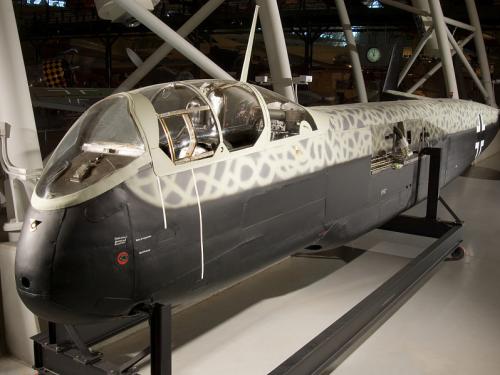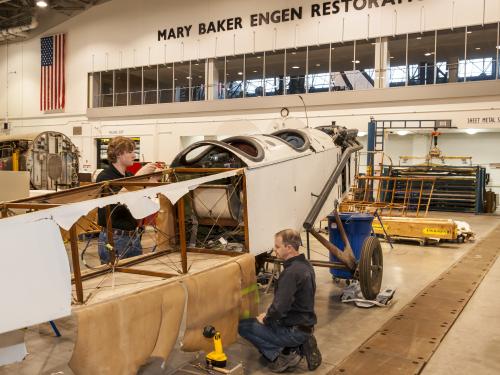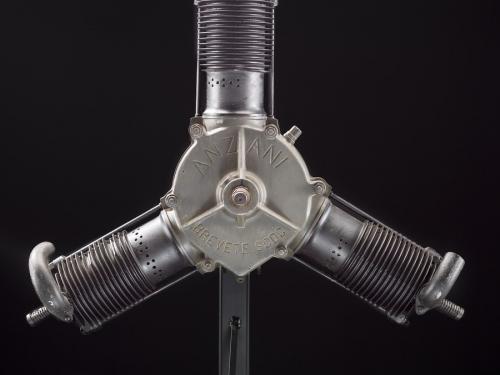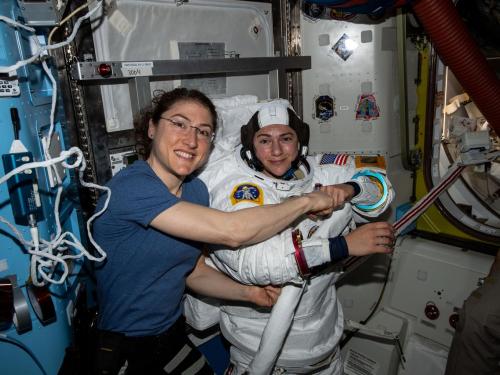

Stories of daring, stories of technological feats, stories of prevailing against the odds ... these are the stories we tell at the National Air and Space Museum. Dive in to the stories below to discover, learn, and be inspired.
Showing 51 - 60 of 361

September 07, 2021
Explore the innovative metalworking techniques developed by the Museum’s restoration specialists to fabricate the mast elbows from the radar array of the World War II night fighter.

August 17, 2021
Before his death in 2008, famed science fiction author Arthur C. Clarke had contact with the Smithsonian Institution, both directly and indirectly, throughout the years. This blog explores the correspondence between Clarke and members of the Smithsonian found in his personal papers held by the National Air and Space Museum Archives.
August 11, 2021
A brief treatise on the historic tools used in the construction and restoration of the National Air and Space Museum’s Standard J-1 aircraft.

July 15, 2021
Welding and fabrication specialist Meghann Girard takes us through the way she combined contemporary technology with traditional metalworking techniques to fabricate missing parts from our Lincoln-Standard H.S.

July 02, 2021
The Museum’s Anzani A 2 was missing the cast aluminum intake elbows, rockers arms, and push rod assemblies on each cylinder. Fabrication specialists in the Mary Baker Engen Restoration Hanger endeavored to recreate these missing components so that the engine could be displayed in a more complete and accurate state.

June 30, 2021
Get a sneak peek at the first eight reimagined galleries that will open at the Museum in DC in late 2022.

May 18, 2021
The upcoming Kenneth C. Griffin Exploring the Planets Gallery at the National Air and Space Museum will give visitors a new perspective on the many worlds within our solar system.

April 07, 2021
The National Air and Space Museum marks an important milestone in its renovation project. Moving artifacts back into the west end of the Museum, which has been under renovation for two years.

April 03, 2021
Our conservators and curators recently faced an interesting question: Is it practical to retain perishable material and what long-range obligations are required? To find the answers, a collaborative effort was required, allowing for preservation of our collection of space food.

March 30, 2021
Some of the language once used in the early days of human spaceflight has not kept pace with the evolution of America’s space program. We now use "crewed" or "piloted" instead of "manned," for example. The era of “manned” spaceflight ended long ago, and the continued use of this language diminishes and erases six decades of women’s contributions to spaceflight.